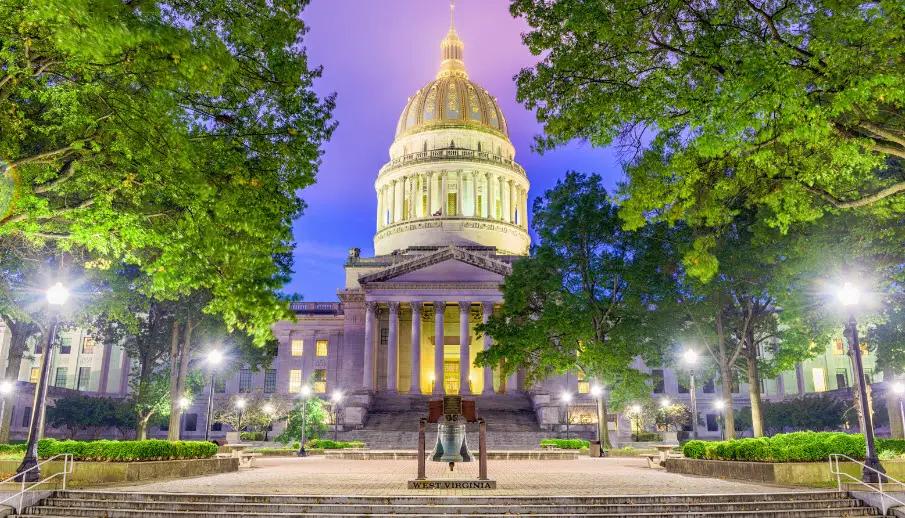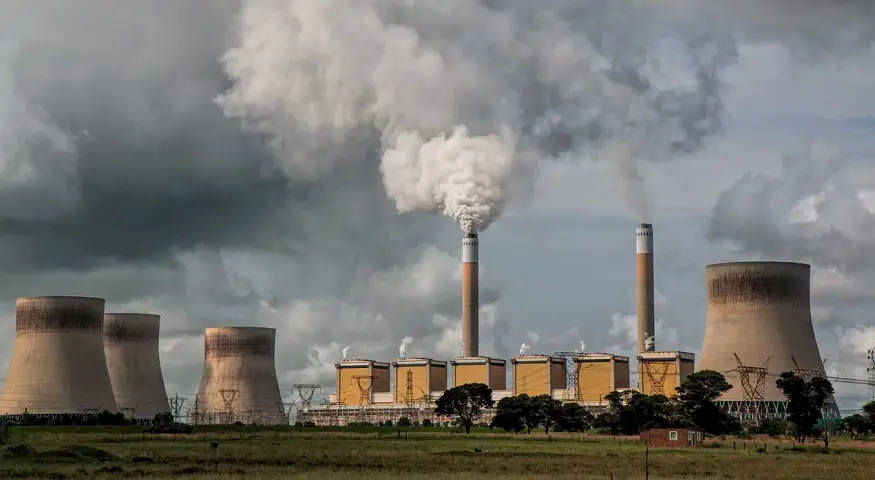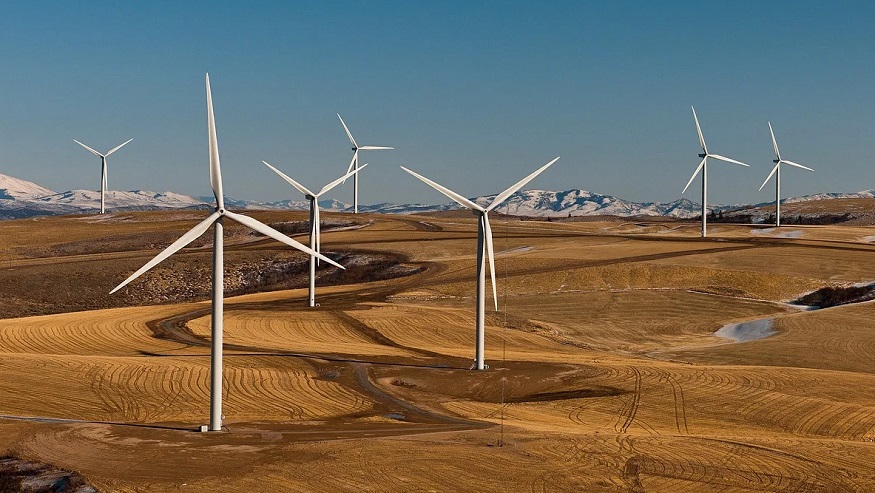
Virginia is the first Southern state with a 100 percent carbon-free electricity goal
March 26, 2020The state is taking on a new challenge to gradually move away from fossil fuels to green energy.
Virginia has become the first among the Southern US states to take on a goal for 100 percent carbon-free electricity. State governor Ralph Northam, an Army veteran and pediatric neurologist, issued Executive Order 43.
The executive order detailed the state’s plans to reach a zero CO2 energy goal by 2050.
In September 2019, Northam also brought Virginia into the Regional Greenhouse Gas Initiative (RGGI), which is a carbon trading network that spans nine states.
Before then, Northam’s efforts to take these initiatives and to join the RGGI were thwarted. However, following the 2019 election, voters in the state changed the political climate in the state. This opened the opportunity to move forward with renewable energy-based efforts.
Earlier this month, the state General Assembly passed the Virginia Clean Economy Act (VCEA), which brought Northam’s previously failed efforts into law. The House voted in favor 51 to 45 and the Senate voted 22 to 17.

This made Virginia the first state in the South to start a carbon-free electricity transition.
It also brought Virginia into a position among the leading states in the country in terms of its clean energy policies.
Among the VCEA goals are to gradually reduce the use of fossil fuels until they are no longer a part of the state’s electricity production. Instead, it will use 100 percent clean energy to power the state.
In order to achieve this goal, Virginia has a four-part plan:
- Join the RGGI and develop a cap-and-trade system. The states that are already using similar strategies and that are a part of the RGGI have experienced healthy economic effects overall. Moreover, the hope is that the addition of Virginia to a heavily supplied market will only boost competition. This is meant to drive the clean energy transition forward even faster.
- Achieve 100 percent clean energy by 2050.
- Keep power costs low and protect vulnerable and low-income communities.
- Build rooftop solar, offshore wind, and power storage.
This may be the first step, but it is an indication that carbon-free electricity transitions are making their way into the American South.



 HFN News is your leading source for fresh hydrogen and renewable energy updates. Amid the fast-paced growth of hydrogen companies, we provide top-notch news and insights about this exciting sector. Our coverage spans from hydrogen cars to global sustainable initiatives, and we highlight the latest in green jobs and developing hydrogen hubs. We invite you to share your local hydrogen news and explore today’s renewable energy job listings on our site. Thanks for choosing HFN News as your trusted guide to the hydrogen and renewable energy world!
HFN News is your leading source for fresh hydrogen and renewable energy updates. Amid the fast-paced growth of hydrogen companies, we provide top-notch news and insights about this exciting sector. Our coverage spans from hydrogen cars to global sustainable initiatives, and we highlight the latest in green jobs and developing hydrogen hubs. We invite you to share your local hydrogen news and explore today’s renewable energy job listings on our site. Thanks for choosing HFN News as your trusted guide to the hydrogen and renewable energy world!